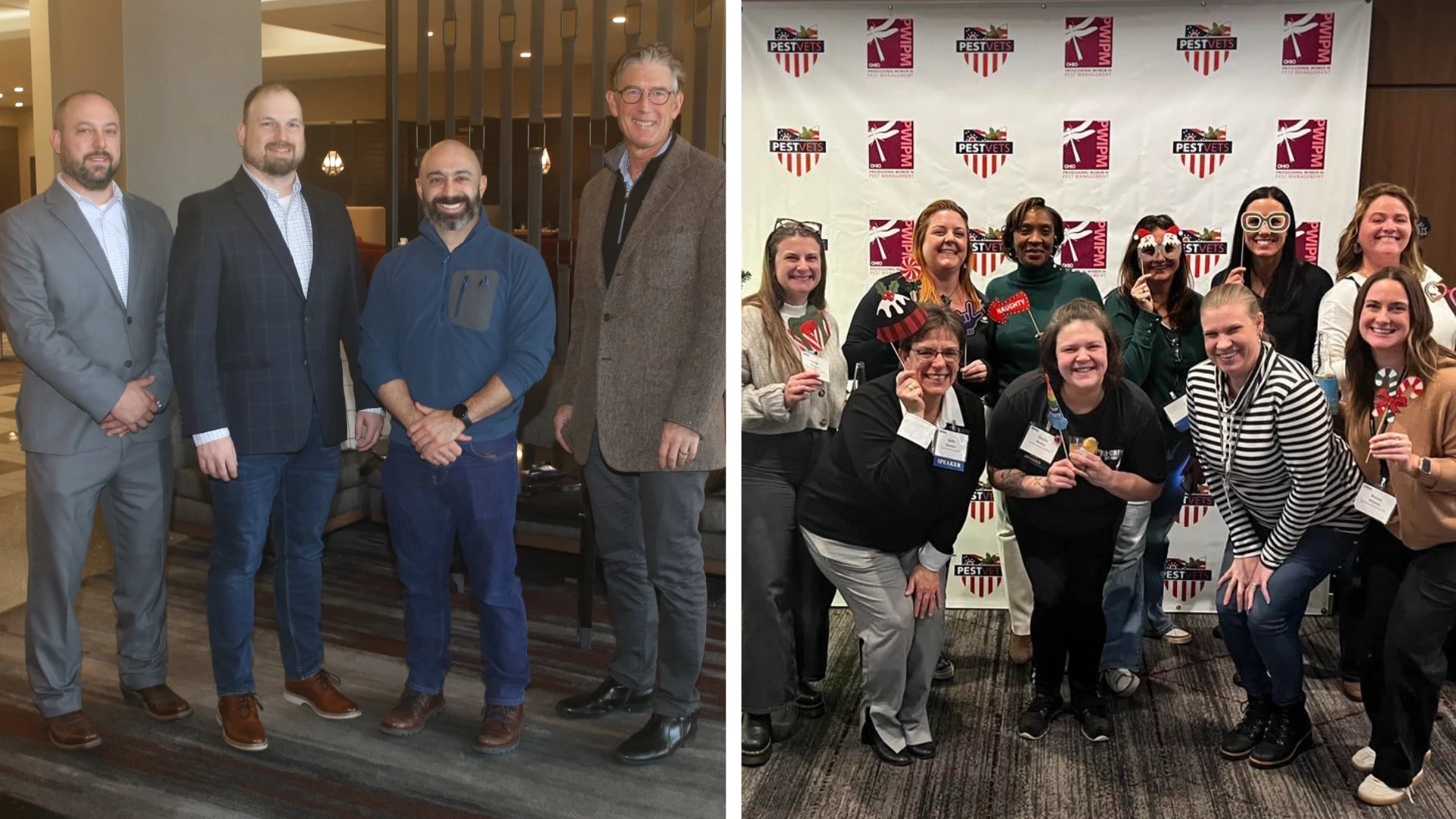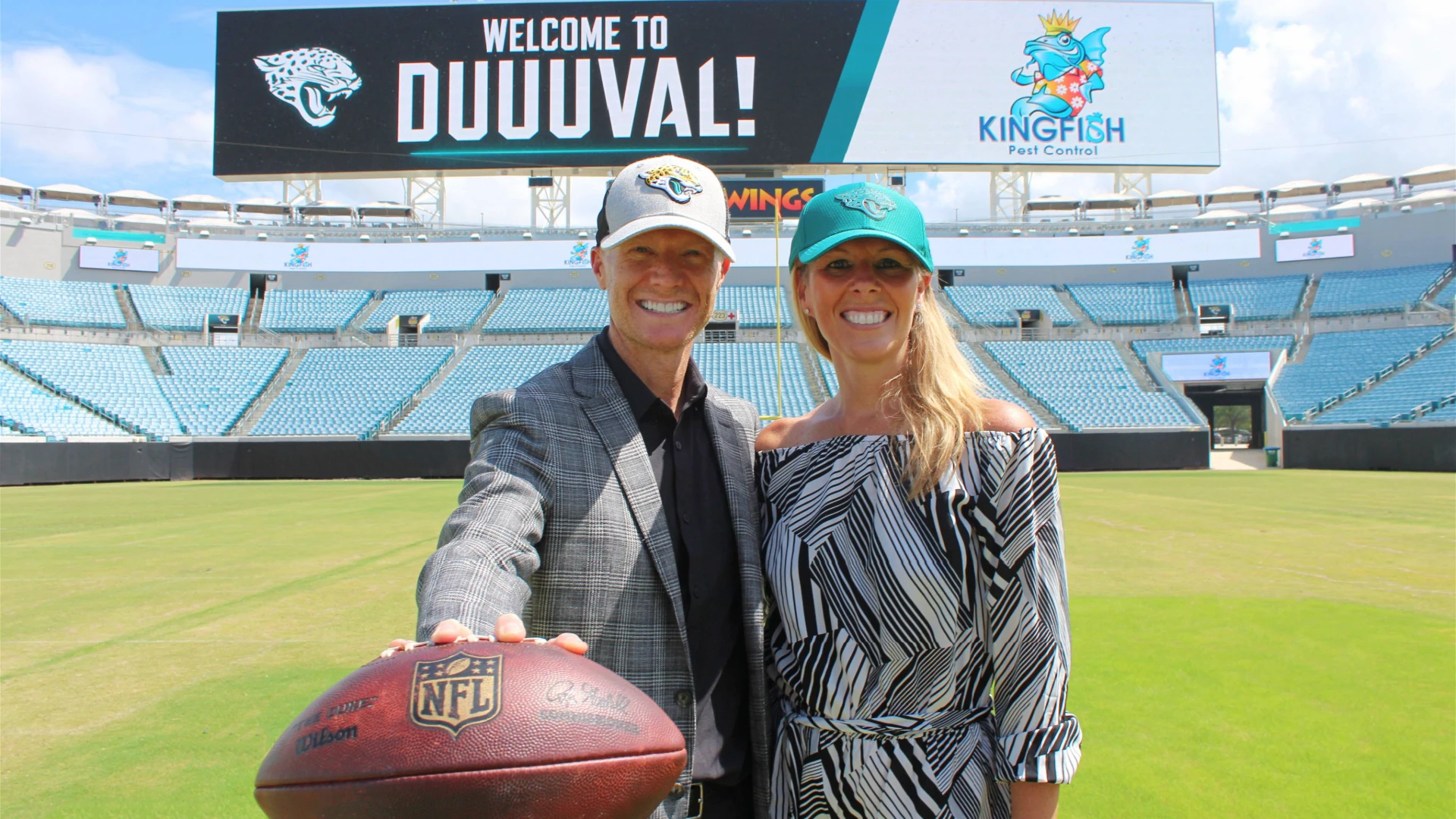The latest chapter in the U.S. Environmental Protection Agency’s reregistration of the rodenticide cluster has left more questions unanswered than answered for the pest management industry.
On June 7, EPA announced its intent to initiate cancellation proceedings against residential consumer-use rodenticide products that registrants refuse to either voluntarily cancel or amend to adopt the risk mitigation measures in the Agency’s May 2008 Rodenticides Risk Mitigation Decision (RRMD). The Agency is requiring that all newly registered rodenticides marketed to residential consumers be enclosed in tamper-resistant bait stations that render the baits inaccessible to children and pets. The RRMD also prohibits the distribution and sale of second-generation anticoagulant products "in consumer stores including grocery stores, drug stores, hardware stores, club stores."
While the decisions related to the consumer market were not unexpected, what has left many pest management professionals (PMPs) and other industry stakeholders scratching their collective heads is what was not addressed at the teleconference and follow-up press release. PMPs were hoping for clarification on a number of key risk mitigation measures for professional-use rodenticide products, which went into effect June 4.
Bob Rosenberg, senior vice president, National Pest Management Association, said NPMA has had ongoing dialogue with EPA and was expecting the Agency to address industry concerns at the June 7th teleconference. "We had hoped EPA would release some sort of guidance document [for professional products]," he said.
PCT contacted EPA to find out why the Agency did not address the professional market. In an e-mailed response, an EPA spokesperson wrote, "EPA plans to provide additional information on our rodenticides website in coming months including information for occupational rodenticide users — that is — for pest control operators and agricultural applicators."
Several industry professionals contacted by PCT believe the delay is due to EPA re-examining a number of decisions it made regarding professional-use rodenticides in the 2008 RRMD.
TO BE RESOLVED. NPMA has been working with EPA to not only share its concerns and offer possible solutions, but to ask for clarification on several important issues. On April 12, Rosenberg sent a letter to EPA on behalf of NPMA noting that, "Through our daily communications with members there appears to be considerable confusion and even some misinformation in the marketplace about the new label restrictions."
Of greatest concern for pest management professionals is the label revision for second-generation anticoagulant rodenticide products that states "all outdoor above ground use must be in a bait station and be applied within 50 feet of buildings."
An EPA spokesperson told PCT, "As a result of EPA’s 2008 Rodenticide Risk Mitigation Decision (RRMD) above-ground commensal use rodenticide products must bear the label statement, ‘Do not apply further than 50 feet from [buildings/agricultural buildings].’ This new requirement is intended to prevent misuse of the products and better protect wildlife."
The problem with this restriction, as many pest management professionals see it, is that this label revision will have unintended consequences. In his letter to EPA, Rosenberg wrote, "One of the primary goals of PMPs in managing rodents is the establishment of a perimeter so as to push the rodent population as far away from the building, structure or site as possible. Accordingly, it is standard industry practice for PMPs to ask clients to place Dumpsters and trash receptacles and their associated attractants as far away from the building, structure or site to help reduce the possible build up of rodent and insect pest populations next to the building." A few examples in which rodent infestations may be more than 50 feet away from a building include:
? Norway rat burrows under Dumpster pads, and in embankments, or retaining walls
? Roof rat infestations in fruit and ornamental trees or those affecting outdoor food and feed storage
? House mouse infestations in telecommunication junction boxes and under cattle feed bunks
Dr. Hao Yu, technical director, Guardian Pest Solutions, Duluth, Minn., said this 50-foot restriction would make rodent IPM more challenging. "The industry has been using a three-line-of-defense approach to treat for rodents and we will be losing one of those lines of defense," said Hu.
Rick Bell, vice president of Government Affairs, Arrow Exterminators, Atlanta, Ga., shares similar concerns. "I’ll just give you one example. If you are at a food manufacturing plant, and you are doing Integrated Pest Management (IPM), you have to stop the infestation prior to rodents getting into the facility. Should this happen, [rodents] could ruin a lot of product."
NPMA has been providing EPA with input on how this 50-foot restriction would impact PMPs and also offering possible solutions. For example, NPMA has suggested that EPA consider defining the term "building" broadly enough so that Dumpsters and trash receptacles, tents, vehicles, airports and some of these other settings at which rodent infestations can be anticipated can be treated with rodenticides.
Also of industry concern regarding this 50-foot restriction are rodent burrows (i.e., below-ground applications). NPMA believed the 50-foot restriction was not intended, and would not apply to, below-ground or burrow treatments. But Rosenberg said that in informal dialogue and communication with EPA staff, NPMA has been informed that the 50-foot restriction does indeed apply to the treatment of rodent burrows.
The degree to which this EPA label revision will impact PMPs is dependent on a number of factors. For example, restaurants in strip malls typically locate their Dumpsters in close proximity to the outside walls of the mall building due to the obvious property boundary limitations. So the 50-foot rule would not be a factor for these types of clients.
RE-FOCUS ON RODENT IPM. The label revision will prompt some PMPs to re-emphasize a stonger IPM program (i.e., more emphasis on physical and non-chemical strategies). For example, fenceline baiting — whereby bait stations are placed around an outlying fenceline row — is a practice some PMPs are moving away from because of secondary poisoning threats to non-target birds and mammals.
"Since I started this company we’ve not done fenceline baiting," said Dan Collins, president of Collins Pest Management, Evansville, Ind. "I focus more on a the building itself. Is it pest-proof? I look at sealing and exclusion and how we can altar environmental conditions."
Kim Kemp, director, Retail Food Safety, Nestlé Purina PetCare Co., said he’s had success setting up what he calls "next generation rodent management programs" in which he works to reduce the "ring of rodenticides" outside of a building or warehouse. Kemp believes most rodents come in with supplies rather than from the field — and not just with food supplies. Rodent presence becomes a further issue when it is understood that a rodent, which lives about four months in nature, can live — and reproduce — for 18 months inside a climate-controlled facility, which has food, water and no predators. Thus, Kemp said, "If your only pest management program is to only ring the building with traps and baits, you are really missing a critical control point."
Bobby Corrigan, president, RMC Pest Management Consulting, Richmond, Ind., applauds these types of IPM efforts to get clients to better clean and maintain their facilities, both inside and outside.
"The good news is that, even with the 50 foot-restriction, this should encourage everyone to do what they should be doing — and that is clean up." Corrigan said. "We all are saying that we do IPM, but ‘Do we really do it?’ I think the record is pretty clear that in many cases we — meaning society — do not. Even though the PMP repeatedly, month after month after month, requests and pleads, ‘Please clean up the Dumpster, and tidy up your property,’ many commercial clients still respond with, ‘Yeah, yeah, yeah, just bait.’ It can really be defeating. So, to some degree, perhaps additional carefully designed restrictions on our rodenticide applications would have the ‘silver IPM lining’ in the long term."
But Corrigan is quick to point out that rodenticides must remain a part of rodent IPM and that a 50-foot restriction, if applied on a general, broad scale, is far too restrictive considering the many different situations and locations in which rodent work is done. "Even if you are an IPM fanatic, there are dozens of situations where you will need to augment sanitation and pest exclusion with strategic baiting strikes as part of an outstanding IPM program."
For example, Corrigan said, we’ve all witnessed fellow drivers discard their trash directly onto highways and byways. It costs thousands of dollars for cities to maintain and clean up these embankments. As a result, cleanups don’t occur as often as they should. Commensal rodents take full advantage. Over time, highway rodents become yard rodents and eventually, possibly house rodents. "Without baits in these urban spaces farther than 50 feet out, we are just asking for public health trouble."
A similar argument could be made for empty city and town lots, which are prime locations for people to dump trash – and thus attract rodent populations. "If you have a lot littered with trash that is 60 feet away from a building [and thus not able to be baited under the new labels] you will have rats. The answer is to clean up the lot, but cities are cash-strapped. Look at a city like Milwaukee that has more than 200 empty lots and no money to clean it up. There a lot of cases like that," Corrigan said.
WAITING GAME? The deadline for rodenticide manufacturers to stop shipping rodenticide products bearing labels or packaging that is not in compliance with EPA’s Risk Mitigation Decision was June 4.
(Important note: Distributors can continue to sell and professionals can use existing products until all supplies are used up. The June 4th deadline applied to manufacturers only. All new rodenticides must bear labels that are compliant with the Risk Mitigation Decision. It’s important to note that during the transition time, products bearing the "old" and "new" label language may be in your possession. Always read and follow the label instructions on the container you are using.)
Even though that deadline has come and gone, EPA’s work is not done — especially relating to the use of professional rodenticides. According to an EPA spokesperson, "EPA has a good working relationship with the pest control industry and values their input on pesticides-related matters of interest to them. EPA has communicated regularly with the pest control industry and other stakeholders interested in rodenticides and the May 2008 RRMD. We are willing to continue working with the pest control industry and, to the extent needed, can help develop guidance to assist pest control operators with their understanding of the new rodenticide requirements."
Whether or not this working relationship with the pest control industry will lead EPA to reconsider certain provisions in the Rodenticide Risk Mitigation Decision — including the 50-foot restriction — remains to be seen. EPA might be receptive to wording changes and perhaps to revising its 50-foot restriction. One option that some industry professionals would like EPA to consider is from Canada. In 2010, Pest Management Regulatory Agency (PMRA), which is Canada’s version of EPA, announced rodenticide label revisions as part of its "Risk Mitigation Measures for Eight Rodenticides." Canada’s new rodenticide label states that "Rodenticide bait can be placed in tamper-resistant bait stations along the fence line of properties, outside of the 15-meter limit, but within a 100 meters of buildings, if the station is securely fastened (e.g., nailed down) to the fence or the ground."
This label language is important as it permits an additional level of defense for the rodent management program, according to Steven Graff, quality assurance manager, Abell Pest Control, Toronto, Canada. "Rodents often run along fence lines and other physical points of reference for travel, so placing stations in these areas as well will reduce pressure on the actual structure we are trying to protect. It may be that we can control them before they have time to get established nearer to the building or at least improve control with the rodenticides taking several days to be effective. By keeping placement within 100 meters they are hoping to keep the risk to non-targets low."
However, EPA may very well decide that its decision is final, and if this is the case, then it might become a state issue. In other words, state lead agricultural agencies might ask EPA for FIFRA Section 24(c) exemptions for rodenticides. Regardless of how this regulatory saga plays out, clearly the pest management industry will continue to encourage EPA to re-consider the fact that broad rules (e.g., a 50-foot rule for all and for all situations) that attempt to cover all environmental situations are actually not in line with the true intent of urban IPM.
The author can be contacted a bharbison@gie.net.
*****
Manufacturers Respond
Obviously one of the stakeholder groups most impacted by any type of EPA decision regarding rodenticides is rodenticide manufacturers. Here’s what manufacturers are saying about the June 7 announcement whereby the U.S. Environmental Protection Agency reiterated its intentions previously announced in 2008 under the "Final Risk Mitigation Decision for Ten Rodenticides (RMD).
"During the last several months, Liphatech, through considerable effort and expense, has made all the necessary label and registration changes to comply with the new EPA regulations that went into effect on June 4, 2011 for the pest control and animal health markets." — Thomas Schmit, regulatory manager, Liphatech
"In terms of strategy, it became apparent to me that EPA was moving forward and you could choose to either fight them or choose to help participate in the setting of the rules and modifications that would occur — and that was what I chose to do. As of June 4, all of the products Bell was shipping were post mitigation-compliant and contained post mitigation-compliant labels." —Steve Levy, chief executive officer, Bell Laboratories
"Our M2030 Victor Multi Kill Brand Block rodenticide with Difenacoum has always had an RMD-compliant label so no changes were required; it’s readily available. Our M2020 Victor Fast Kill Brand Block with Bromethalin is with EPA for re-registration to be RMD compliant." — Mike Goldstein, PCO sales manager, Woodstream Corporation
"We complied with all the label revisions. No other changes were necessary." — Richard Poche, president of Scimetrics, manufacter of Kaput products
"When registering our products we made sure our labels would be compliant with the EPA decision, so we had no problems there. We hope that the decision will help PCOs increase their business in the residential sector while reducing secondary poisoning risks." — Andrej Branc, sales manager for BIMEX Corp., marketers of Brigand rodenticides
"JT Eaton takes RMD very seriously. We ‘ve had all of our bait labels converted to be compliant. We stand behind the EPA’s decision and will continue to support the proper handling of poisonous materials to keep children, pets and non target animals safe from harm. We believe this will increase the demand for professionals to handle residential rodent infestations, because this decision is far more dramatic for consumer bait products."
—Dale Baker, vice president of sales, J.T. Eaton
"Syngenta had already switched over its WeatherBlok XT product to 16-pound packaging with the new label. Our Talon-G product with a new label will be shipping later this summer. [Syngenta] previously packaged Talon-G bait pellets in 7.5 pound pails with 140 individual place packs while the new selling unit is a 16-pound carton that contains two pails, each with 150 place packs."
— Dr. ElRay Roper, senior technical representative, Syngenta

Explore the July 2011 Issue
Check out more from this issue and find your next story to read.
Latest from Pest Control Technology
- Wildlife Operators Living Fund Supports Injured, Disabled PCOs and Wildlife Operators
- California Declares State of Emergency in Response to Bird Flu Outbreak
- Veseris Expands in Turf & Ornamental and Pool Supply with Acquisition
- Pest Authority, Mosquito Authority Celebrate All-Star Franchisees
- Ka Tsu Joins Avoca.ai
- Envu's Suite of Pest Management Solutions
- In Memoriam: Tom Moore
- 2024 Crown Leadership Award Winner Kathy Heinsohn





